|
Back to Annual Meeting
Tuberous Breast Deformity: Classification and Treatment Algorithm for Improving Safety and Consistency in Aesthetic Correction
Adam R. Kolker1, John G. Meara, MD, DMD2, Meredith Collins, MD1.
1Mount Sinai School of Medicine, New York, NY, USA, 2The Children's Hospital, Boston, MA, USA.
BACKGROUND: Tuberous breast deformity is a common congenital anomaly with varying degrees of breast base constriction, parenchymal hypoplasia, inferior breast skin deficiency, areolar herniation, and asymmetry that poses challenges to consistency in aesthetic correction. Nomenclature, classification, and treatment have also varied widely. In this study, we evaluate and classify a spectrum of tuberous breast deformities, present a flexible algorithm for treatment, and review our surgical approach.
METHODS: Patients who were treated for tuberous breast deformity over a four year period were reviewed retrospectively. The treatment of 47 tuberous breast deformities in 24 patients was evaluated. Cases were classified using a three-tiered system (FIGURE 1). The surgical techniques, with reference to the specific deformities in each tier, are presented.RESULTS: Twelve Type I deformities (FIGURE 2), 22 Type II deformities (FIGURE 3), and 13 Type III deformities (FIGURE 4) were treated. A periareolar incisional approach and constriction release with radial scoring maneuvers were performed in all cases (FIGURE 5a,b). Prosthetic augmentation was performed in all treated breasts, with all implants placed in a dual-plane subpectoral position. Circumareolar mastopexy with interlocking purse-string suture was used in 45 (96%). One stage treatment was performed in 43 (91%), and 4 (9%) were treated in two stages with tissue expansion. There was no infection, hematoma, or seroma. Capsular contracture was identified in 1 (2%), and there were 2 (4%) cases of residual asymmetry / implant malposition requiring revision.CONCLUSION: The multiple pathological hallmarks of breast parenchymal hypoplasia, constriction, skin deficiency, and areolar herniation in tuberous breast deformity require identification and classification, after which treatment algorithms can be defined and followed. This theoretical and technical approach can be used to achieve both safety and consistency in aesthetic results in the treatment of all the varied forms of tuberous breast deformity.
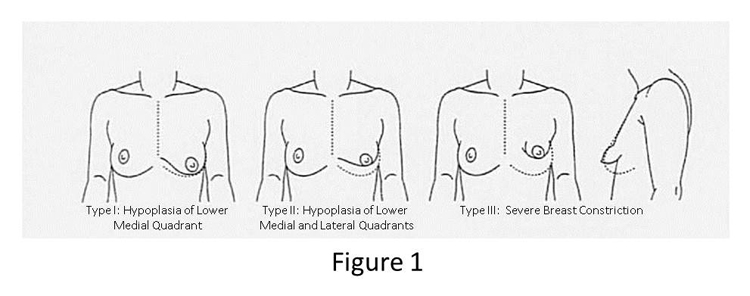 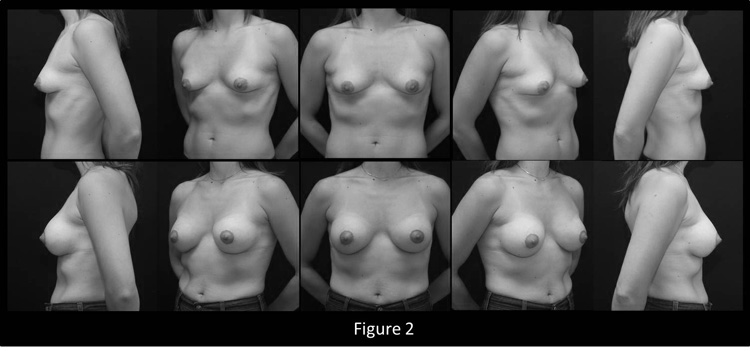 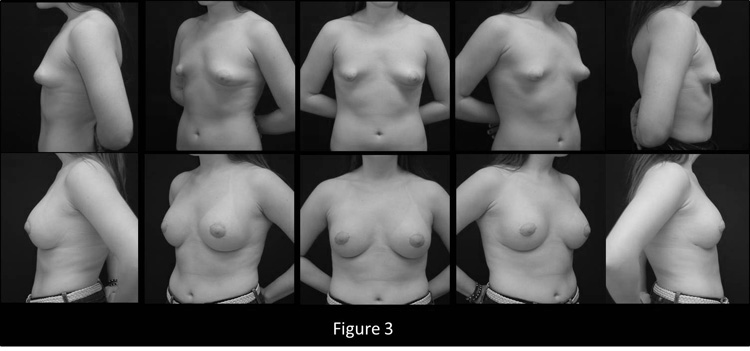
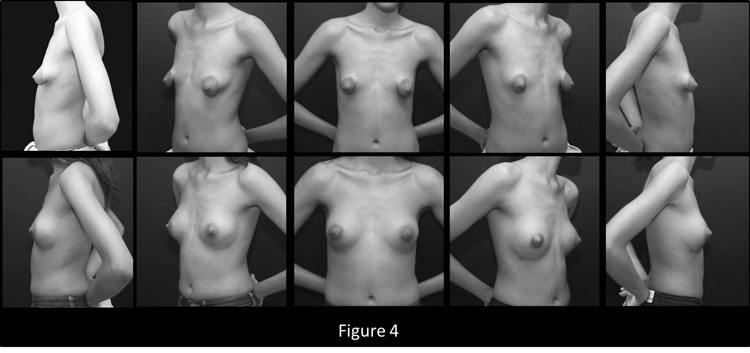
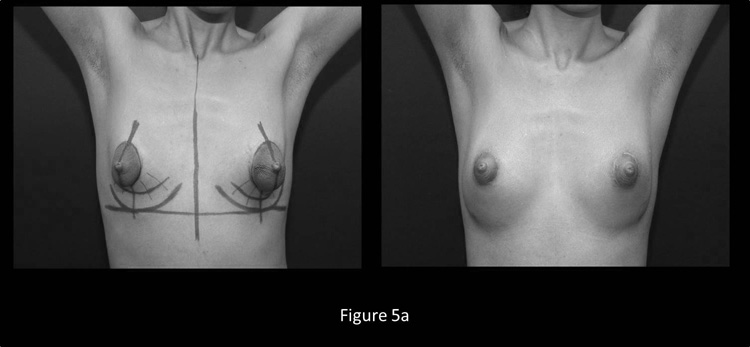
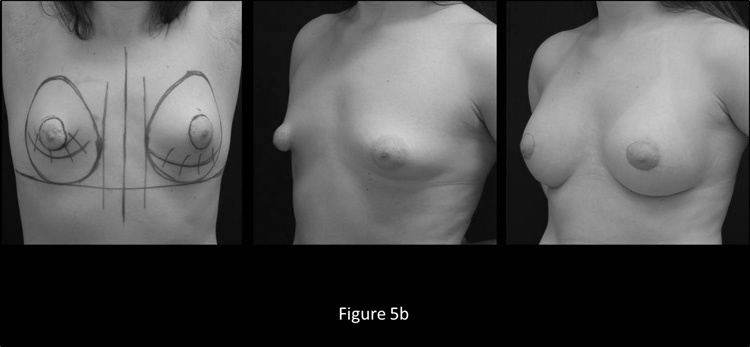
Back to Annual Meeting
|












